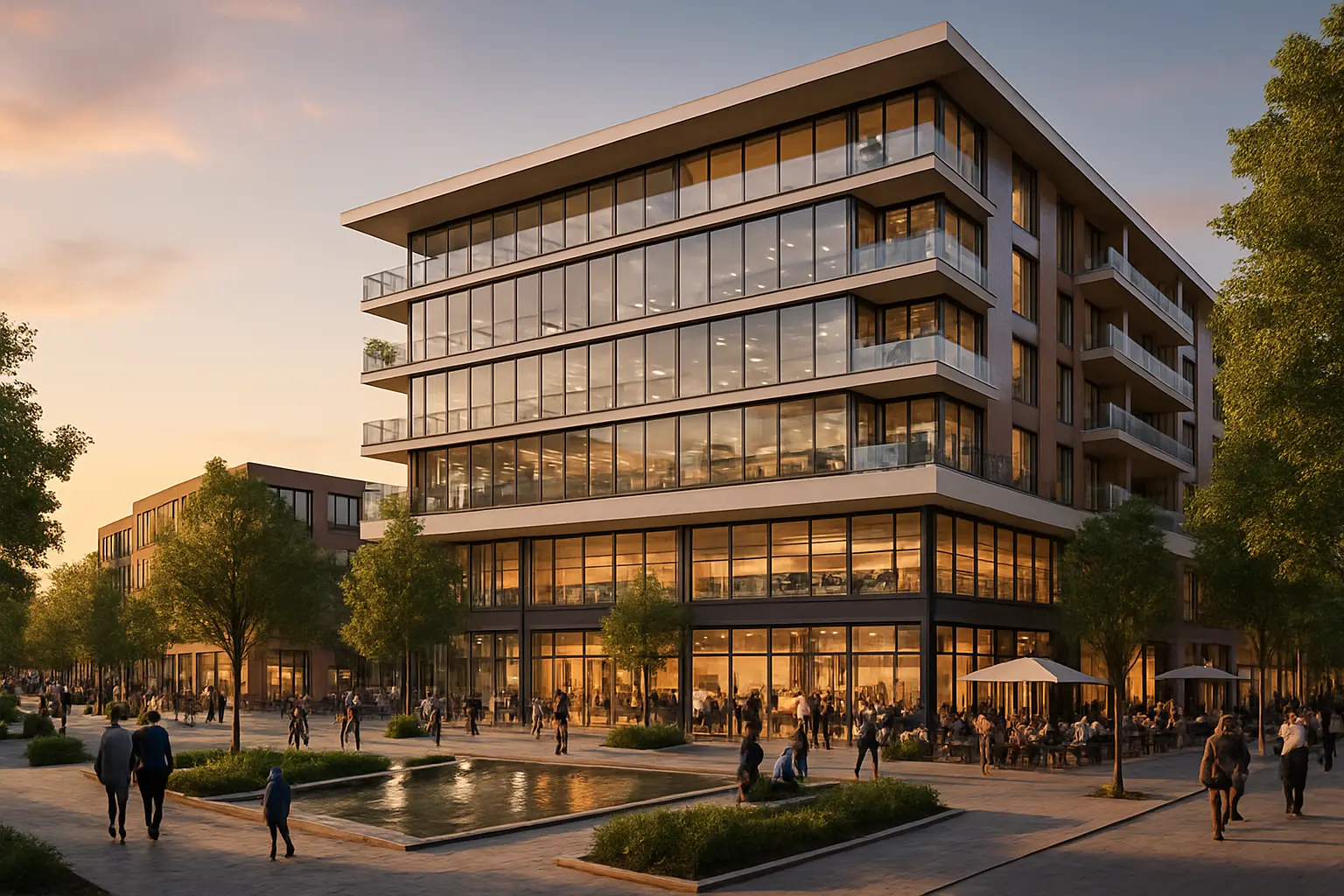Mixed-Use Developments: The Future of Urban Living and Working
Discover how integrated commercial and residential spaces are revolutionizing property investment opportunities and lifestyle choices

The Evolution of Urban Spaces
Mixed-use developments have emerged as the cornerstone of modern urban planning, representing a dramatic shift from the traditional segregated zoning approach that dominated city development for decades. These innovative spaces combine residential, commercial, and recreational elements into cohesive communities that address the evolving needs of urban dwellers.
As cities grapple with population density and sustainability challenges, mixed-use developments offer an elegant solution by maximizing land use efficiency while creating vibrant, walkable neighborhoods. These developments reduce commute times, decrease carbon footprints, and foster stronger community connections.
Smart Investment Strategy
For investors and business owners, mixed-use developments present compelling opportunities in the real estate market. These properties typically demonstrate stronger resilience during economic fluctuations due to their diversified nature.
Key Investment Benefits
- Diversified Income Streams: Multiple revenue sources from residential, retail, and office spaces
- Higher Occupancy Rates: Increased demand due to convenience and lifestyle benefits
- Enhanced Property Values: Premium pricing potential in well-designed developments
- Reduced Risk: Multiple tenant types provide stability against market fluctuations
Lifestyle Benefits
The appeal of mixed-use developments extends beyond financial considerations, offering residents and businesses an integrated lifestyle that aligns with contemporary preferences.
Living in a mixed-use development means everything you need is just steps away - from your morning coffee to your evening workout.
Community Advantages
- Convenience: Essential services and amenities within walking distance
- Work-Life Balance: Reduced commute times and increased leisure opportunities
- Social Connection: Enhanced community interaction through shared spaces
- Sustainability: Reduced carbon footprint through walkability and efficient resource use
Future Growth Potential
The future of mixed-use developments looks increasingly promising, driven by several key factors that continue to shape urban development trends:
Growth Drivers
- Urbanization: Continuing population shift toward city centers
- Environmental Awareness: Growing demand for sustainable living solutions
- Technology Integration: Smart building features and connectivity requirements
- Changing Demographics: Evolving preferences of younger generations
As cities continue to evolve, mixed-use developments are positioned to play an increasingly vital role in shaping urban landscapes. These developments not only offer practical solutions to modern living challenges but also create dynamic environments that enhance the quality of life for residents while providing robust investment opportunities.
The success of mixed-use developments hinges on thoughtful planning, strategic positioning, and a deep understanding of community needs. As we look ahead, these integrated spaces will continue to define the future of urban living and working, offering sustainable solutions for generations to come.


